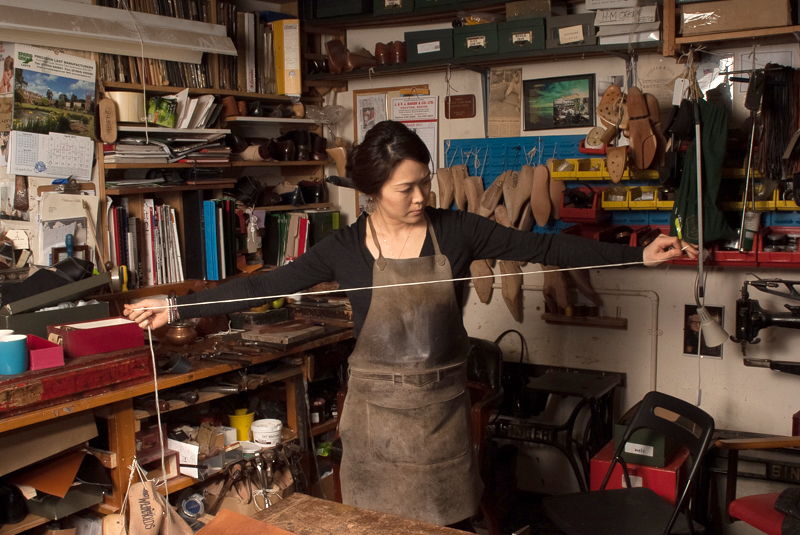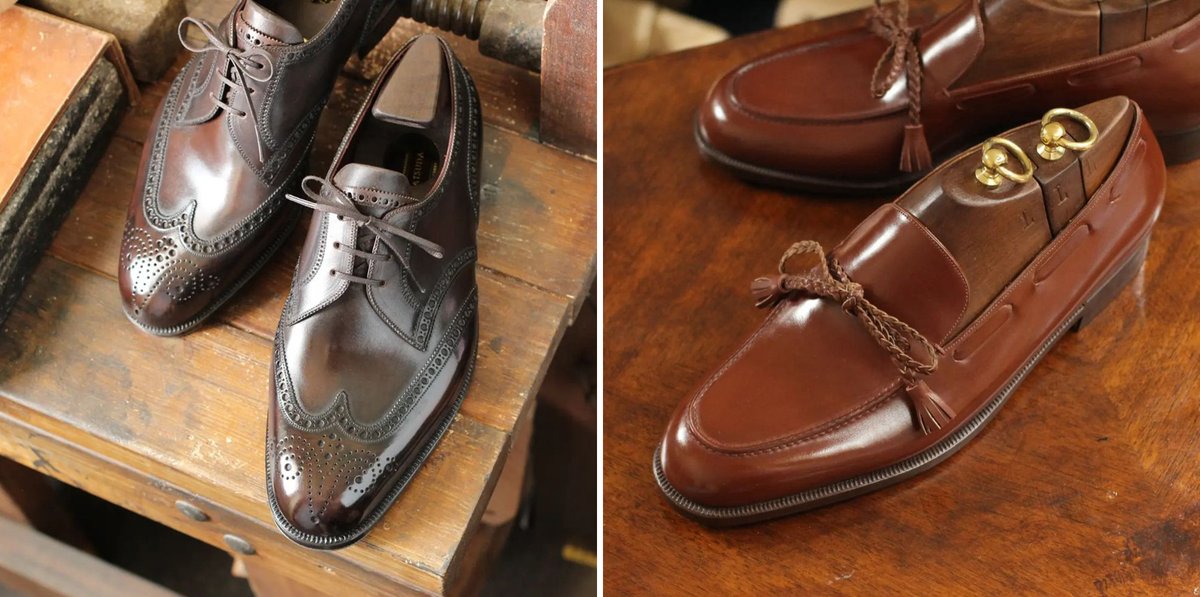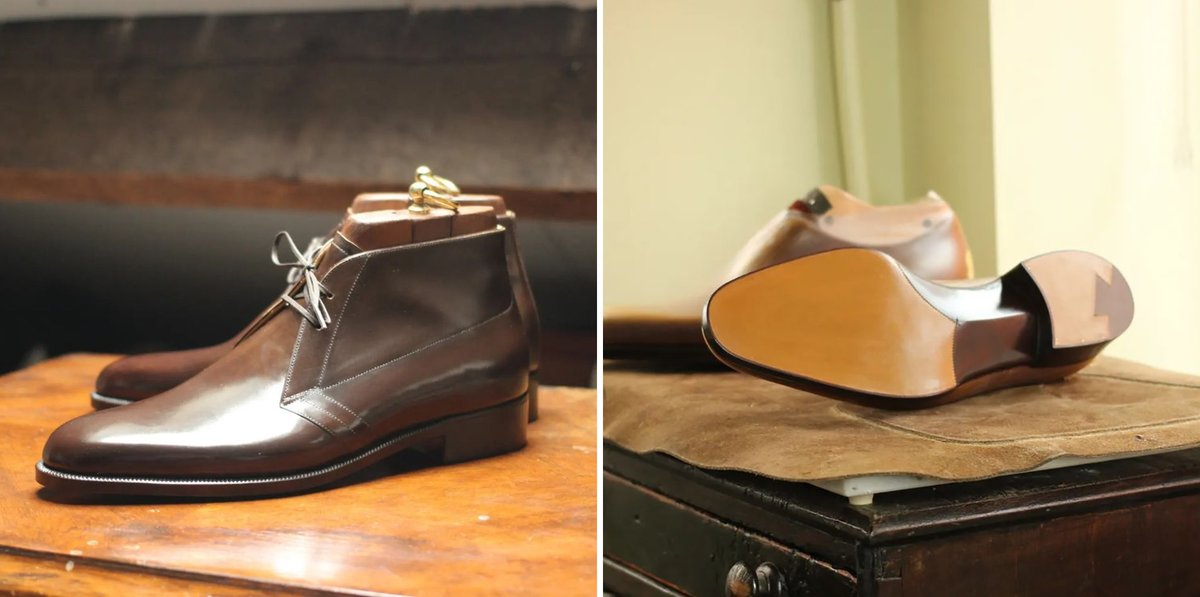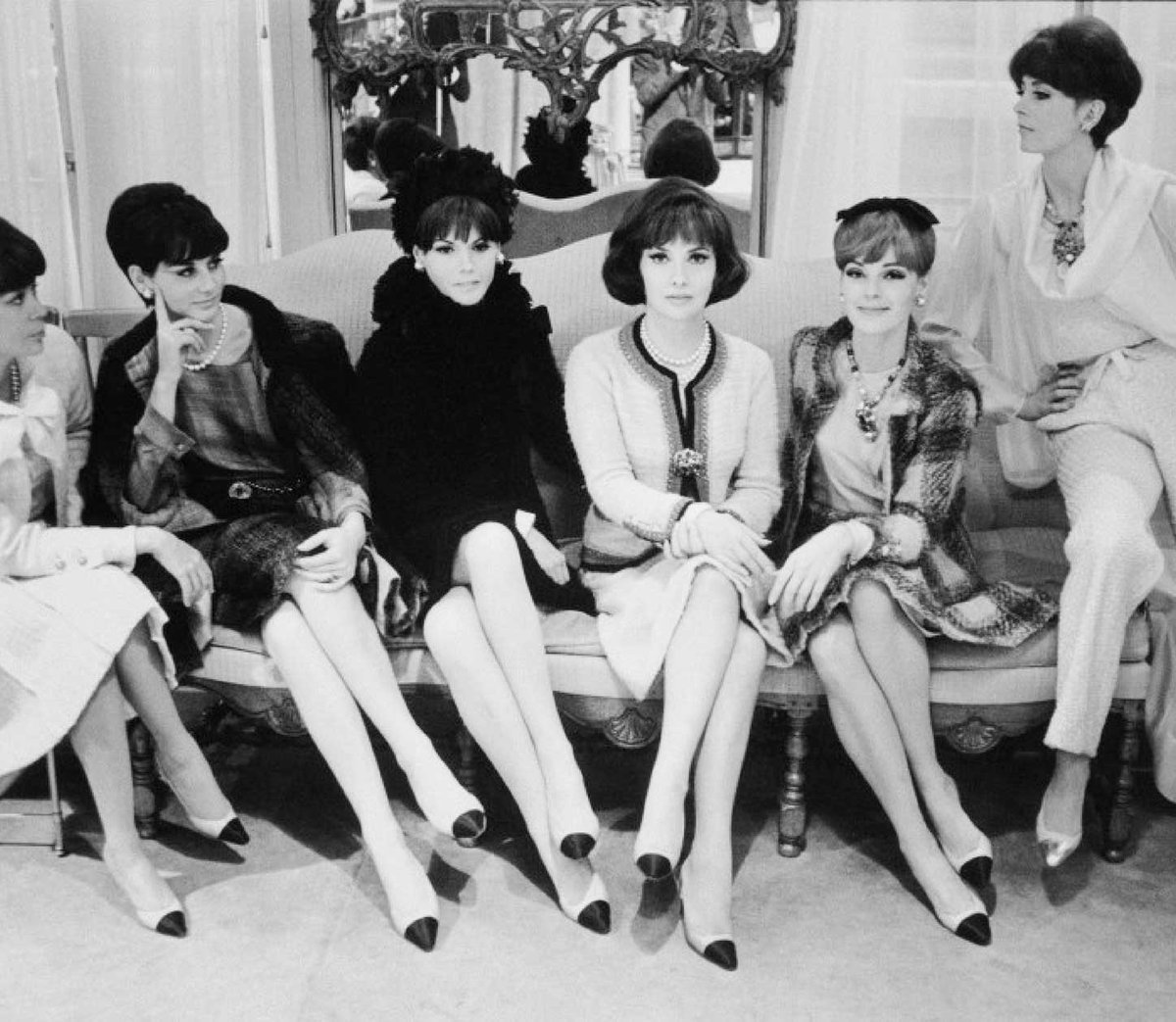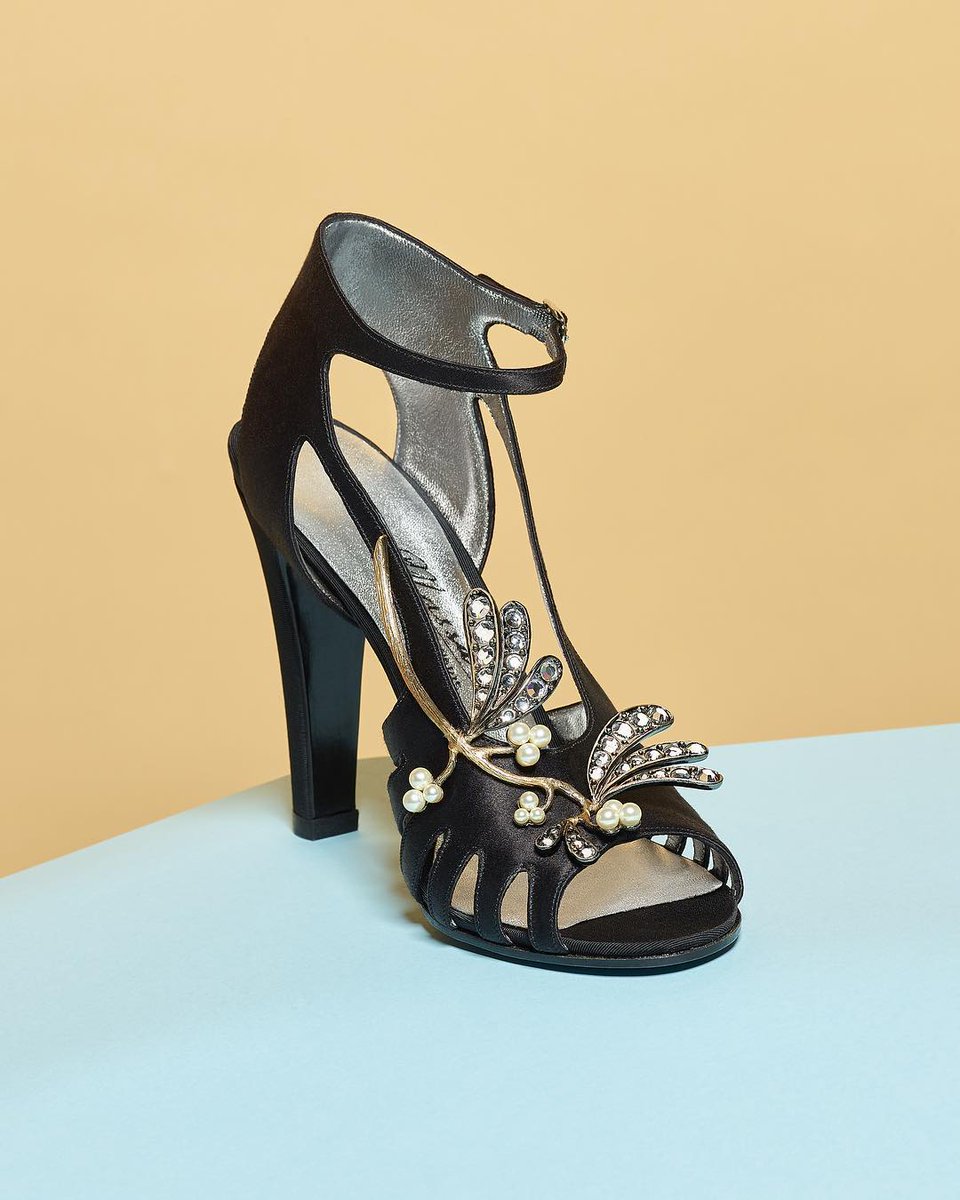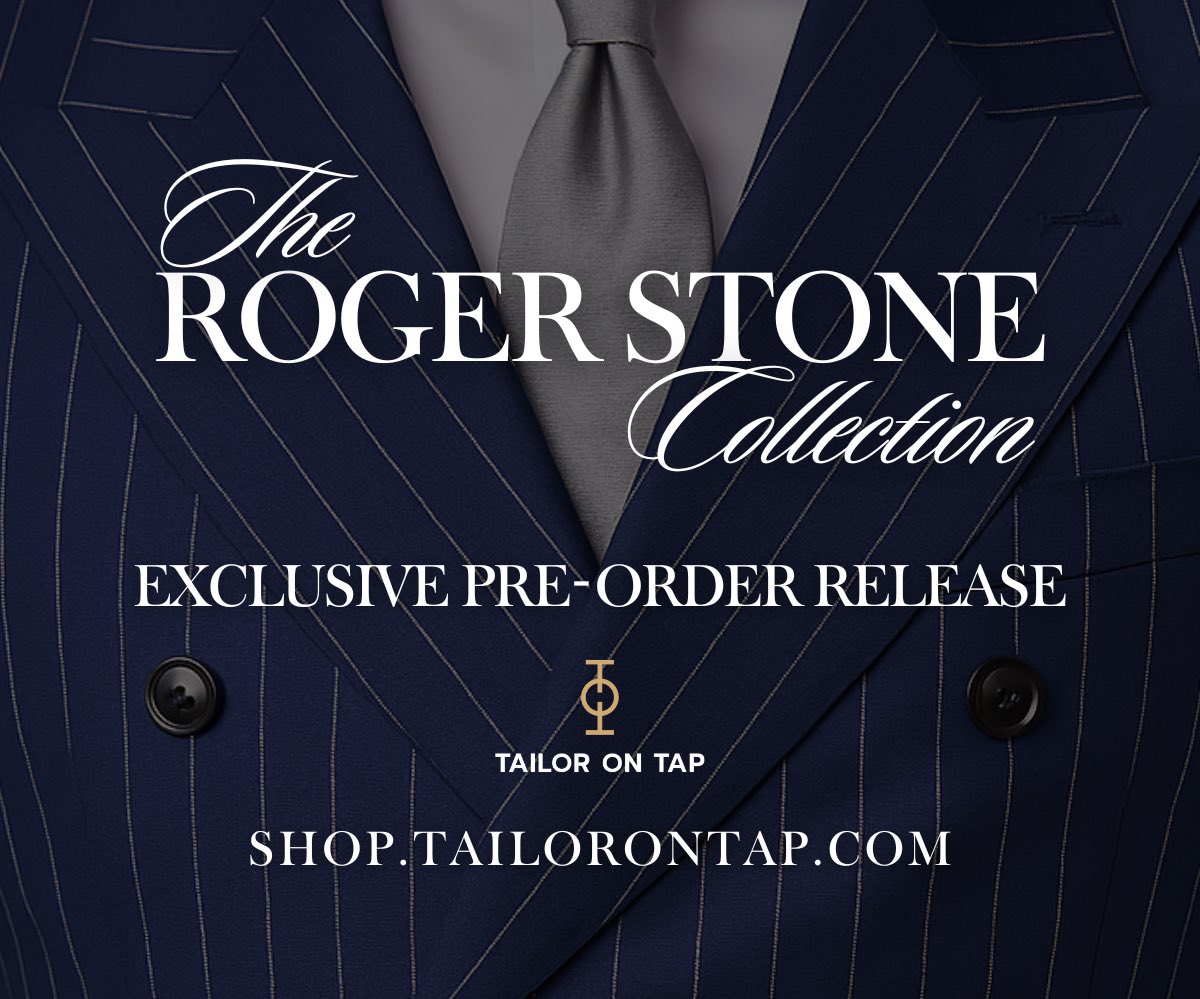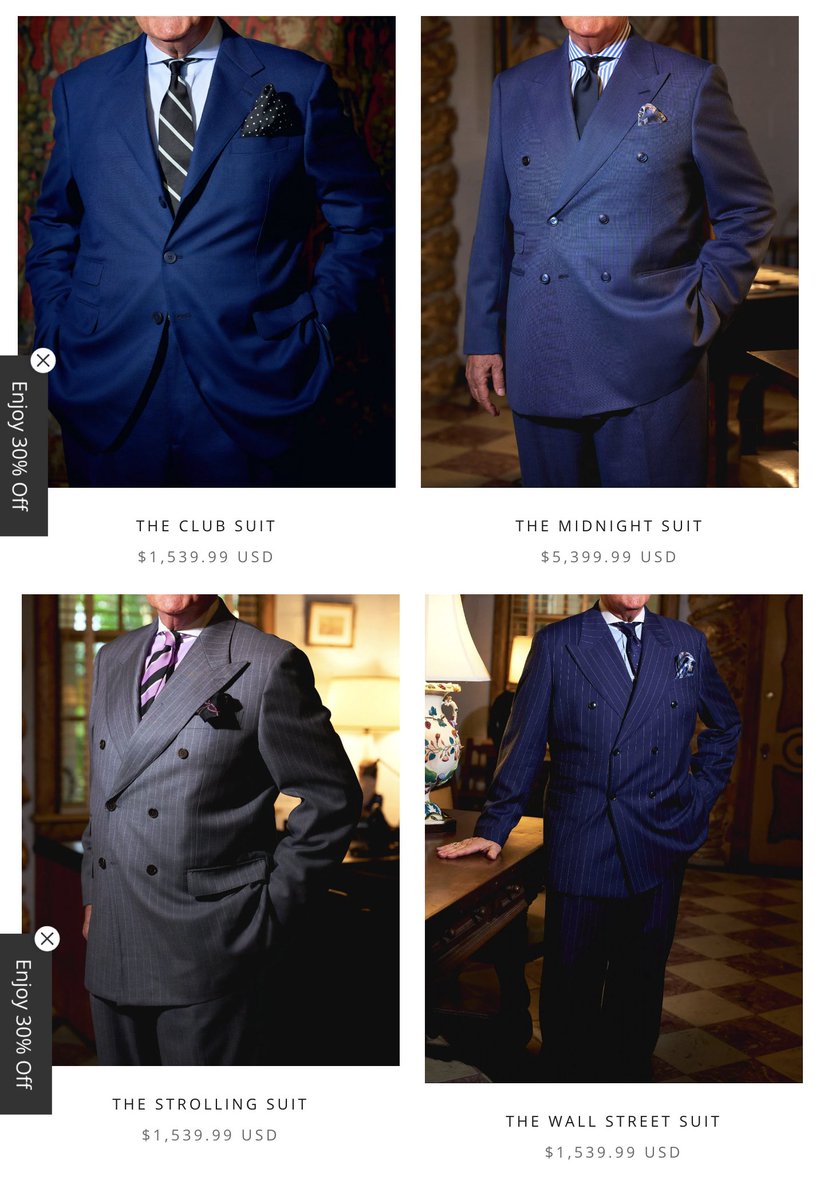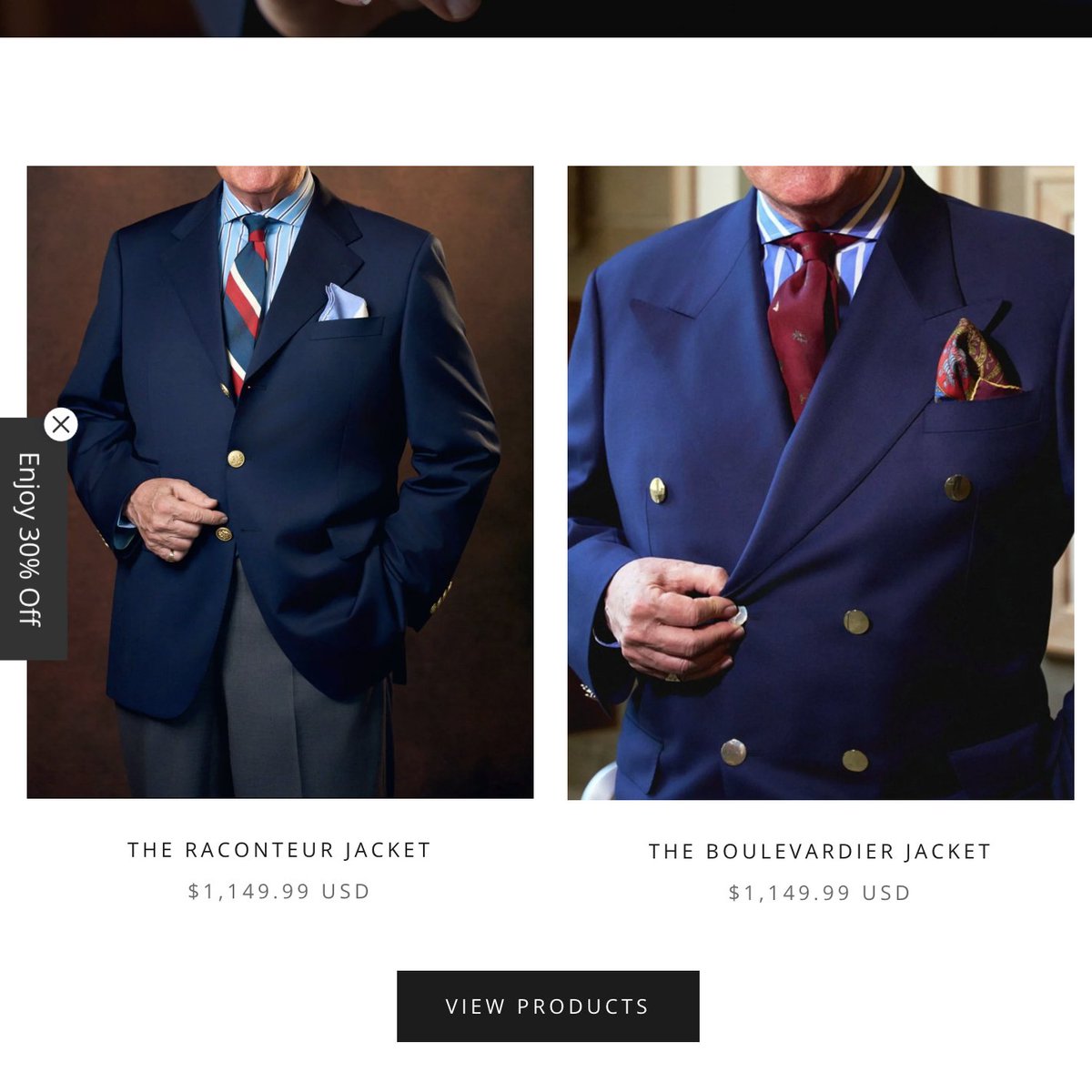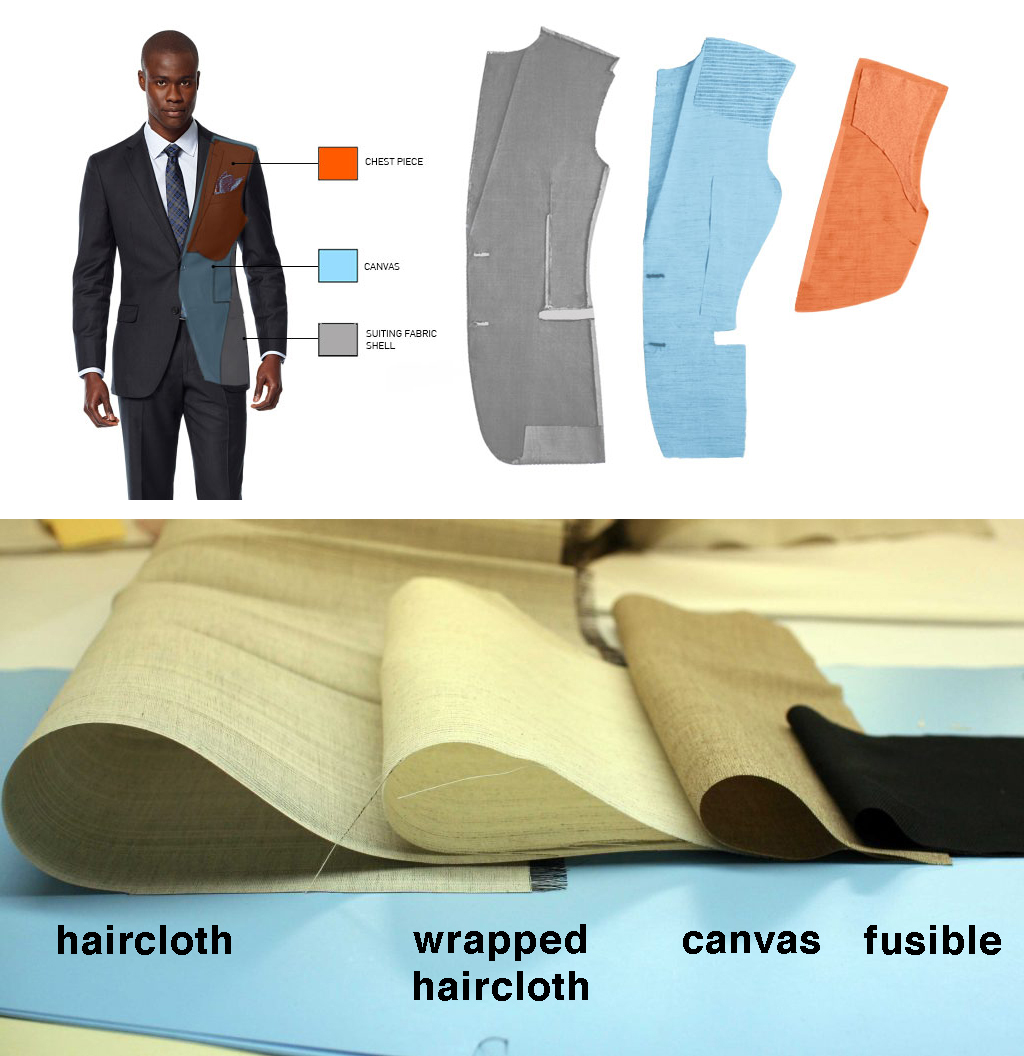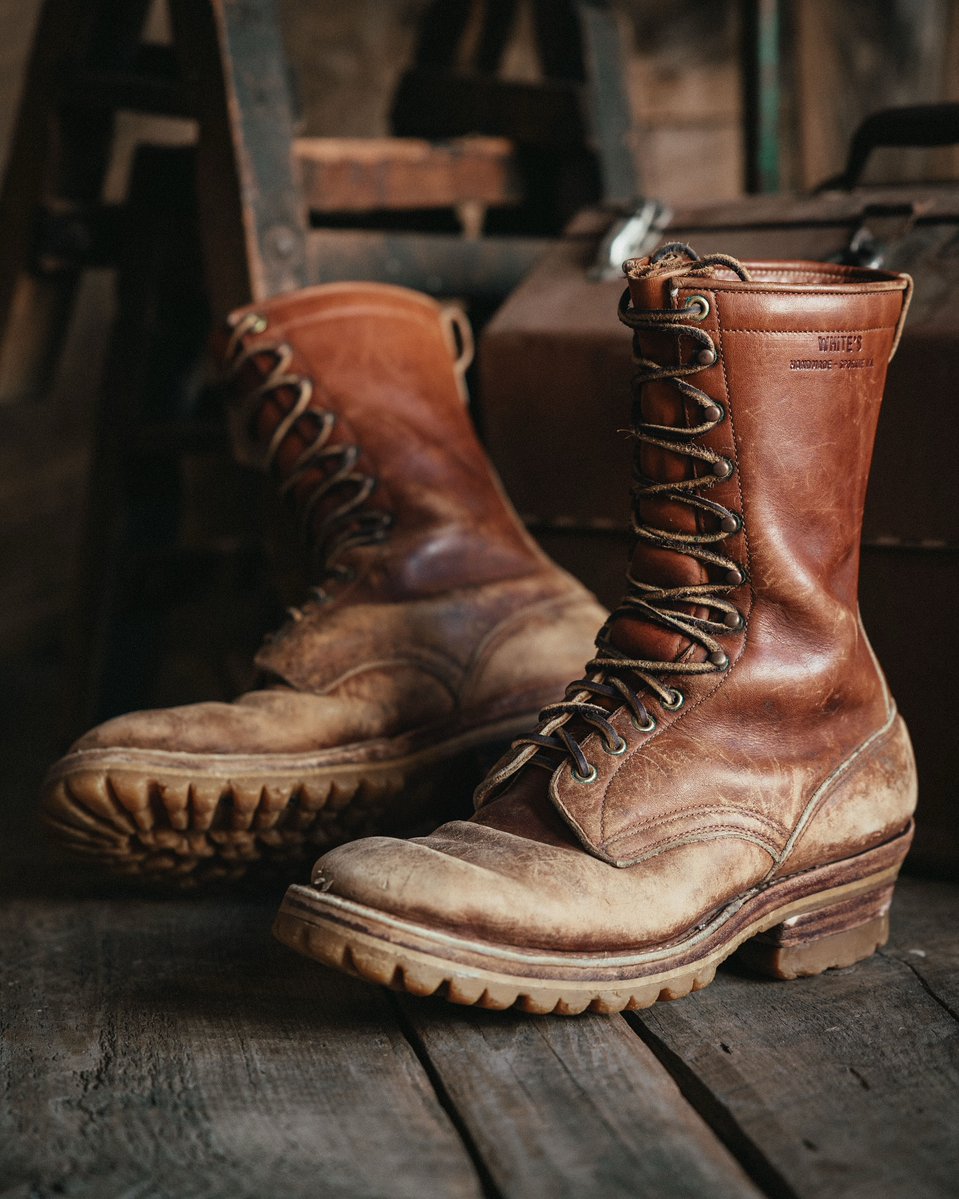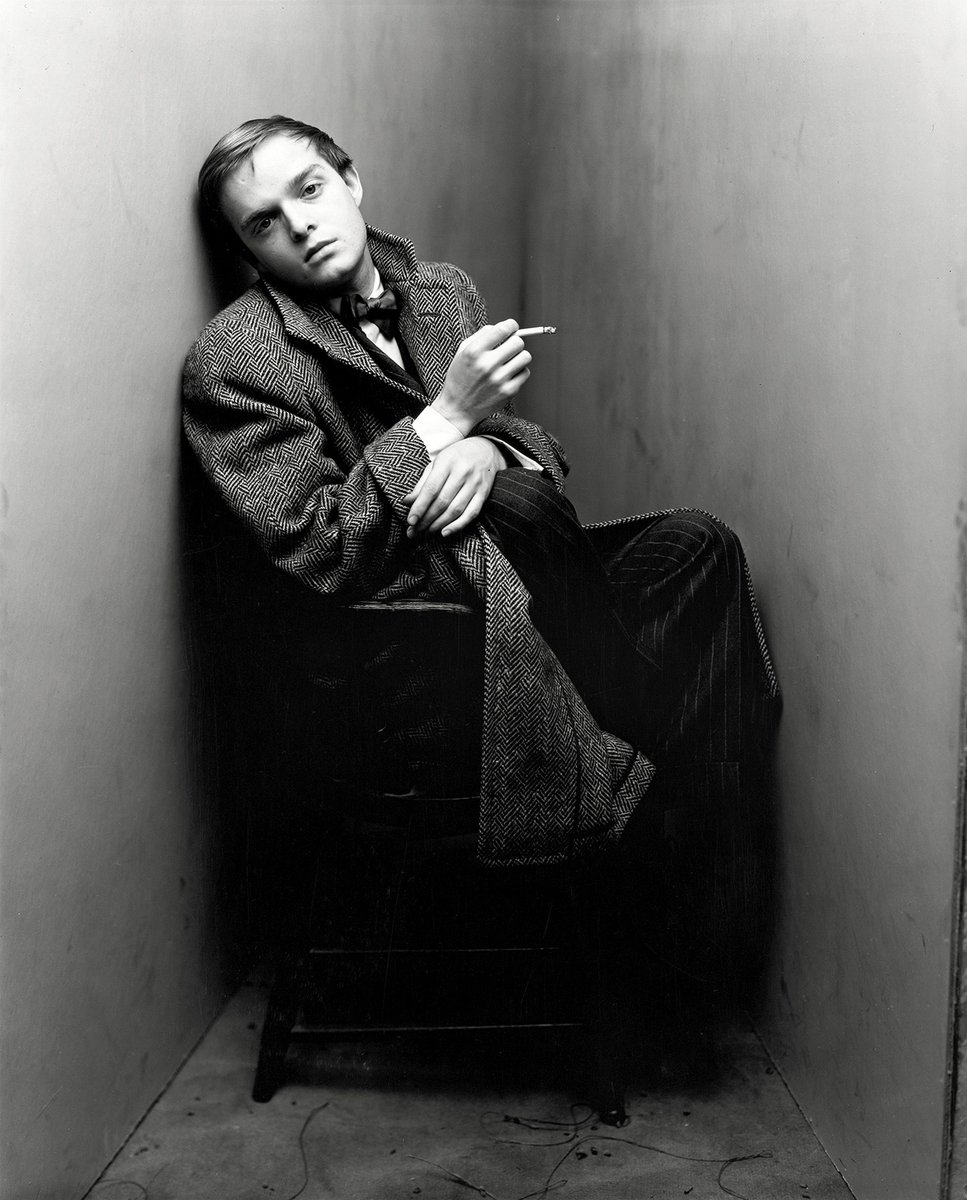For reasons I don't fully understand, the tailoring scene—and really the fashion scene in general—is better in East Asia (and mostly South Korea and Japan) than in the US as a whole. There are more interesting shops, tailors, and shoemakers. Also, there are more hobbyists. 

https://twitter.com/JeromeJaccard/status/1763891875742687620
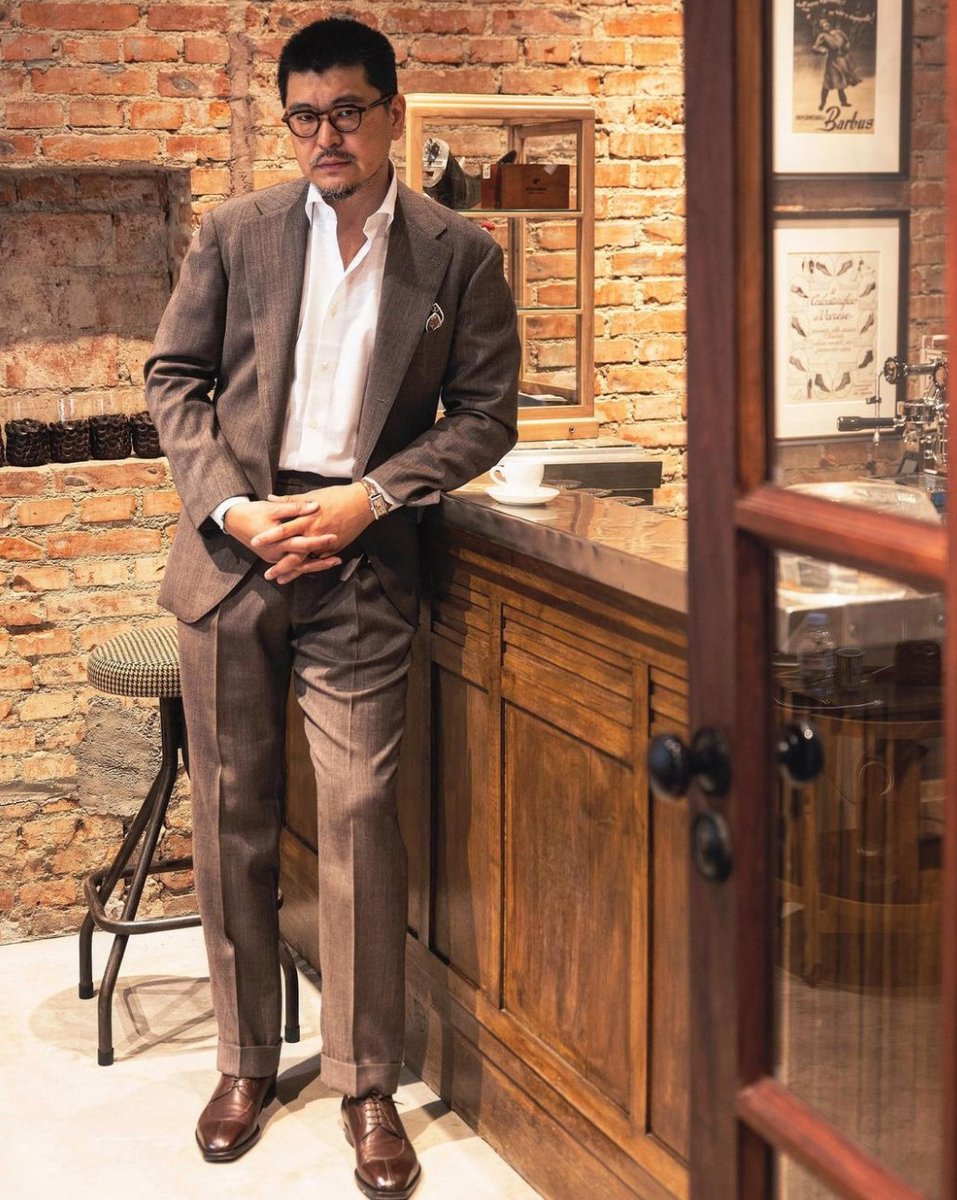
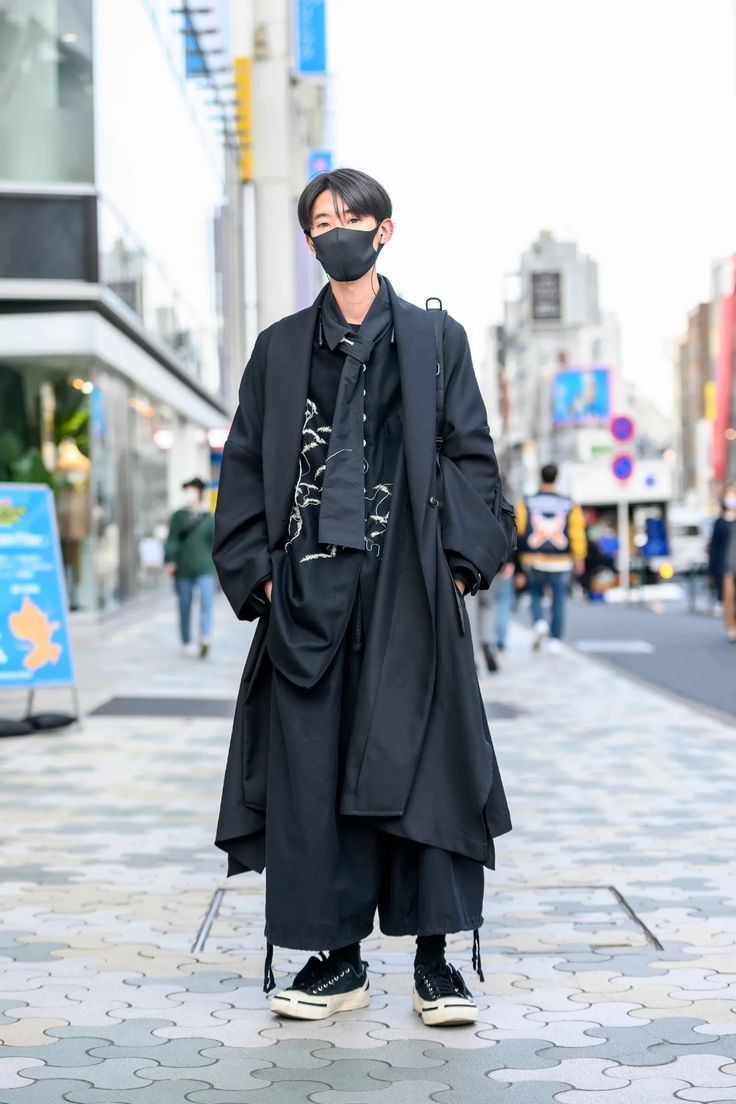
There's also better fashion media. There are tons and tons of really great Japanese fashion magazines that get super nerdy with details. There's literally a magazine purely dedicated to classic leather shoes (called Last). In the US, fashion media is more about celebs.




On tailoring, the suit is also still relevant in places like Tokyo. A guy might be wearing his salaryman suit for a while and then figure "hm, maybe I can get something better" and then visit any number of really great tailoring shops and clothiers who can help him. 

For example, if you want a true classic American suit, you should not go to an American shop. You should go to Tokyo and visit Tailor CAID, who knows that style better than any American. Their customers also know how to put that look together better than most Americans.



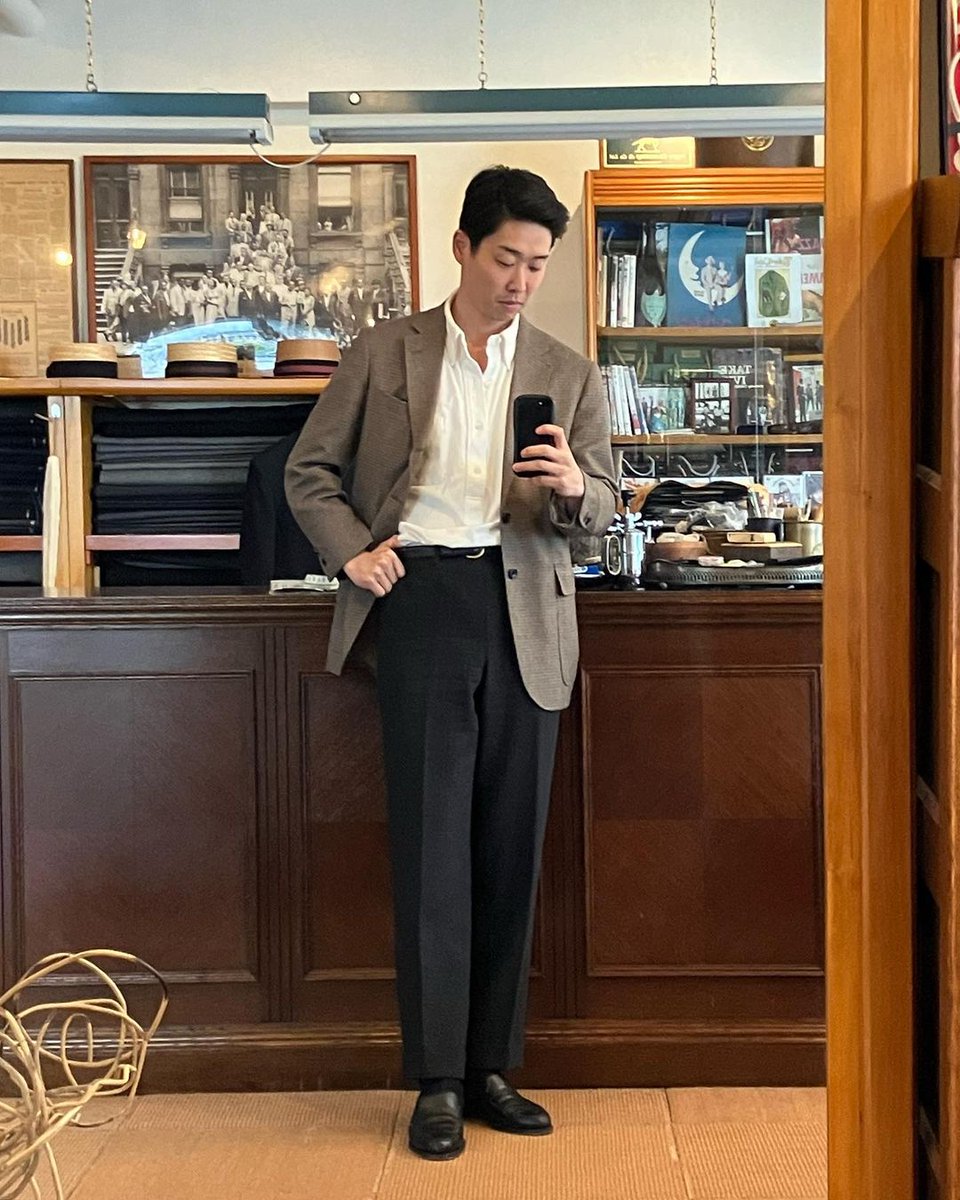
Outside of NYC, there aren't that many good shops. I also think that dressing well is purely hobbyism, like being into penmanship and fountain pens. This is why I don't think ppl should attach morality to it. For whatever reason, there are a lot of hobbyists in East Asia.






me: i wonder why men in Asia dress better
Americans in my replies every day: clothes are GAY. you are a HOMO. fashion is for MORONS. I'm smarter and more masculine because i dress like CRAP. [a dog in the background slam dunks a basketball while USA fireworks go off]
Americans in my replies every day: clothes are GAY. you are a HOMO. fashion is for MORONS. I'm smarter and more masculine because i dress like CRAP. [a dog in the background slam dunks a basketball while USA fireworks go off]
• • •
Missing some Tweet in this thread? You can try to
force a refresh


